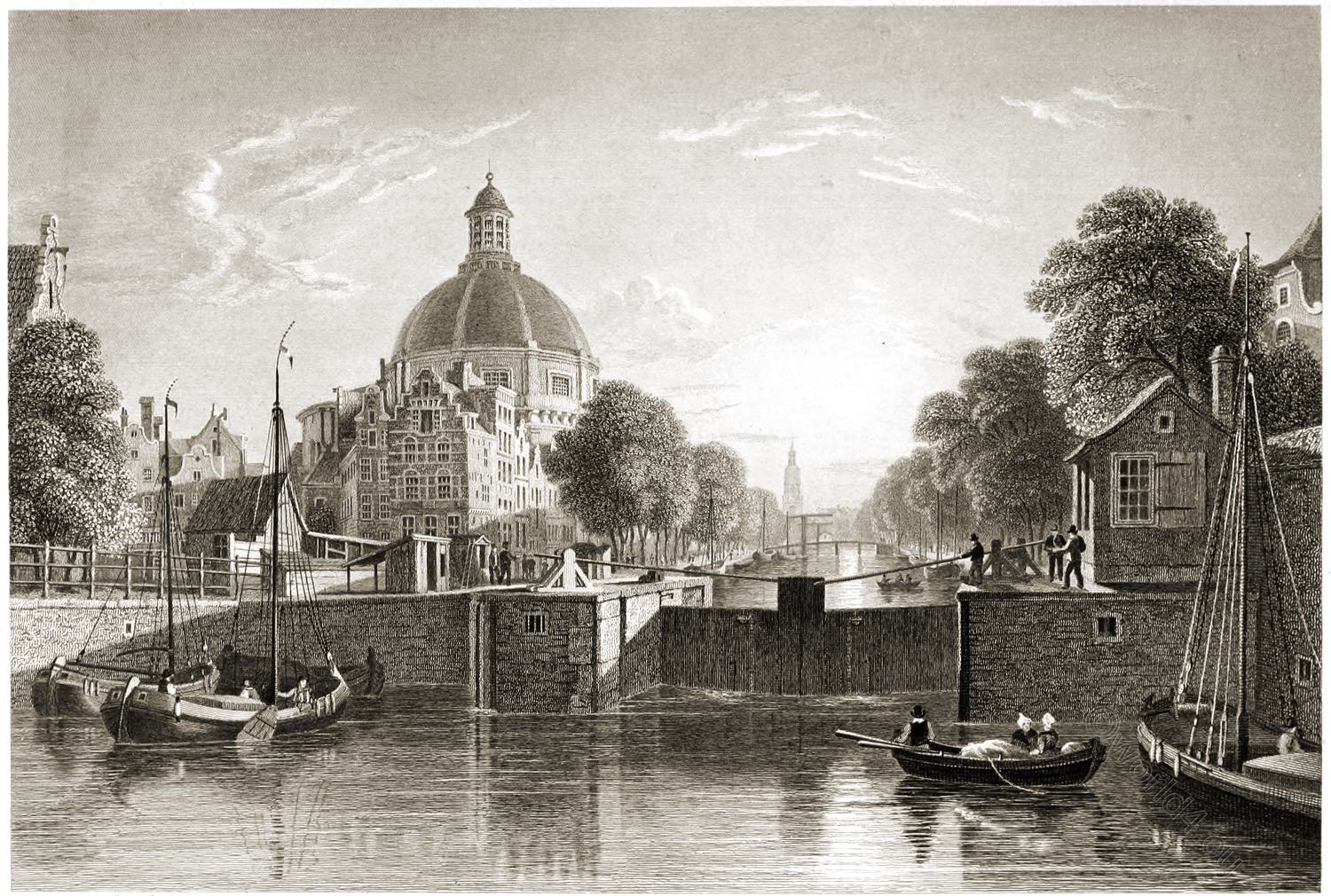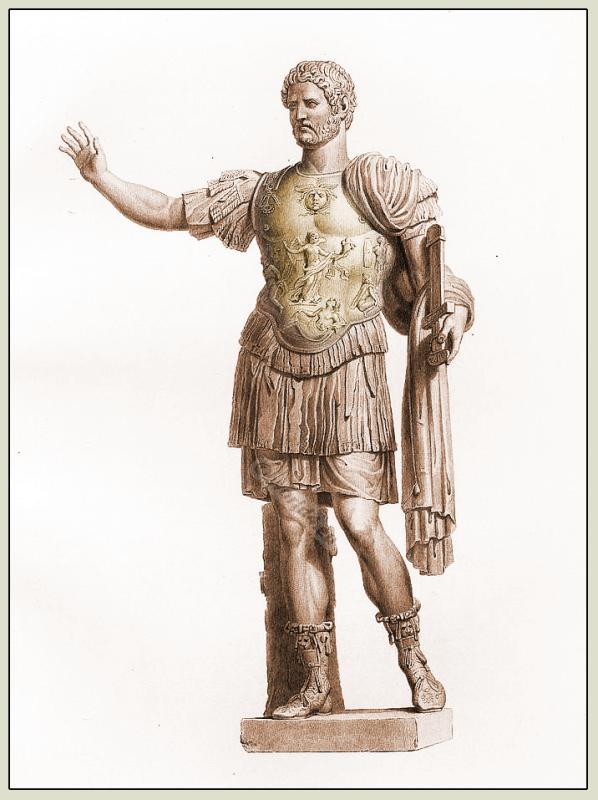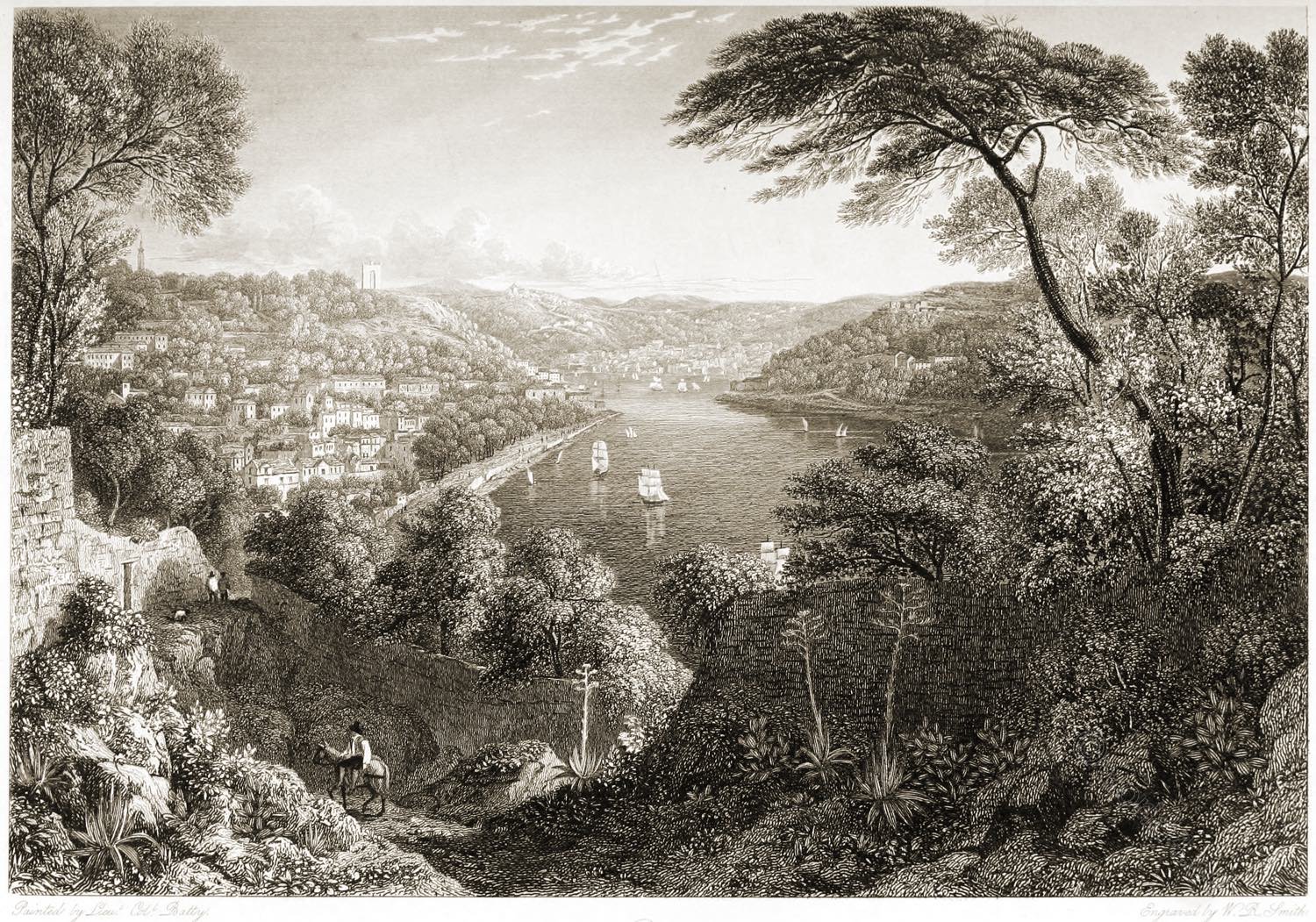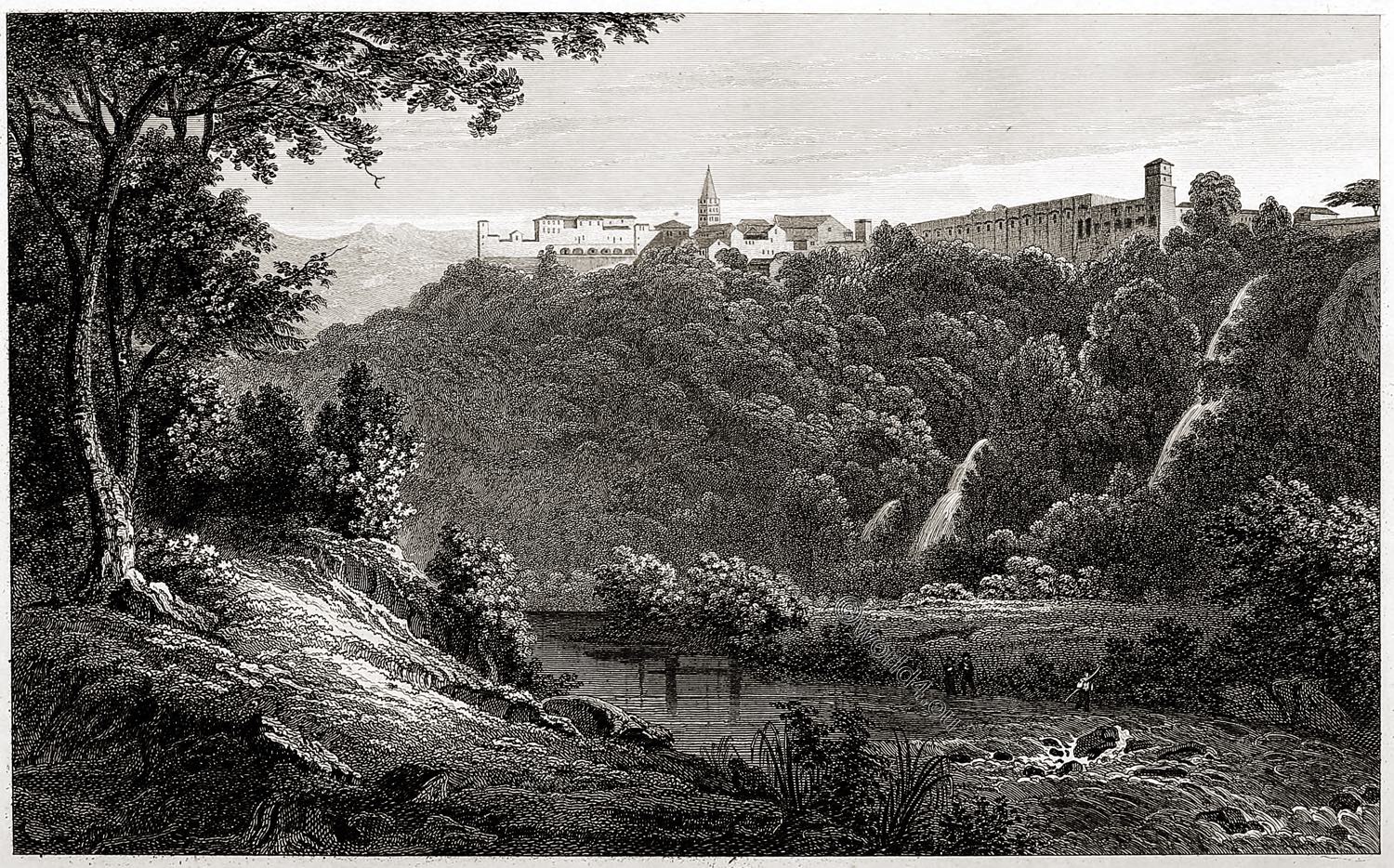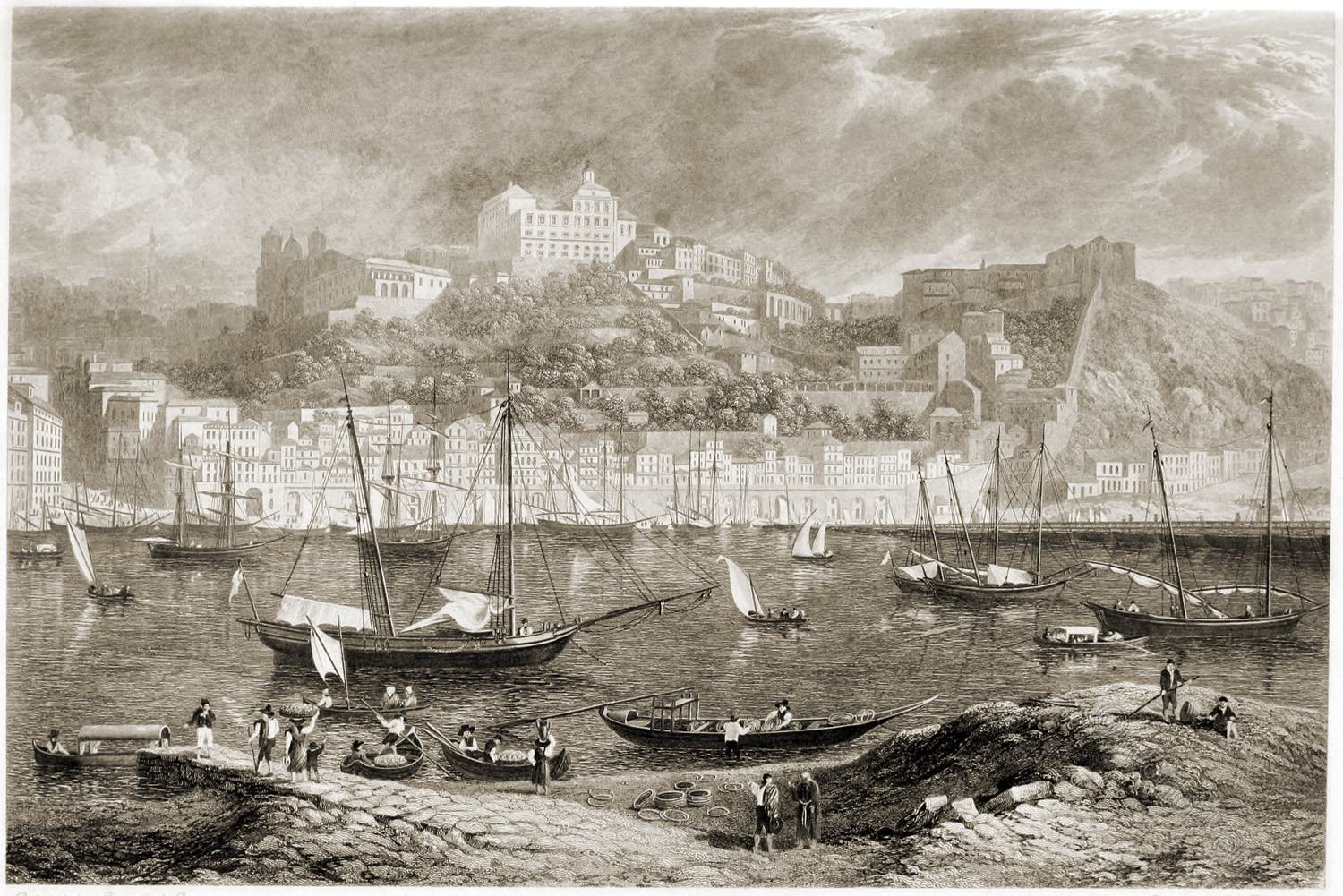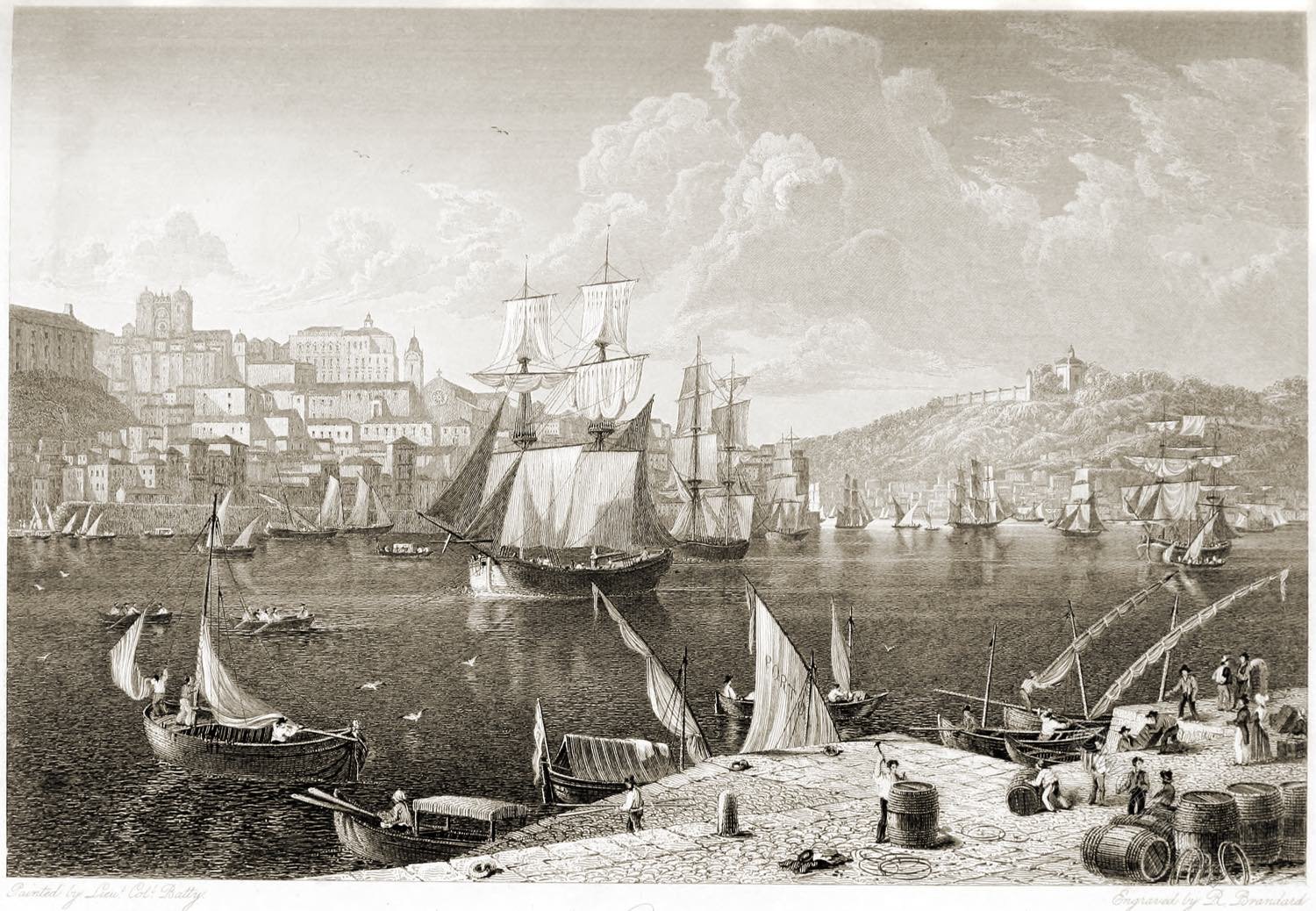
OPORTO. FROM THE QUAY OF VILLA NOVA.
Leading the spectator onward, and crossing to Villa Nova on the southern bank of the Douro, we come in full view of the city of Oporto, covering the range of hills opposite, a part of which only is seen on the left in this view.
The ancient cathedral, with the bishop’s palace adjoining, form the most conspicuous objects on that side. On the right stands the eminently situated convent of the Serra, with part of Villa Nova skirting the river below it.
The scene is here, generally, one of bustle and commercial activity. In the view, the moment of high tide has been chosen, when numeros vessels are in the act of being towed up and down the river. Owing to the difficulties of the bar at the mouth, vessels of a large class seldom attempt to enter, and those of five hundred tons may be stated as the largest that can at any time pass with safety.
Some of the Brazilian ships, which trade to this port, are of somewhat larger tonnage than this, but they are obliged generally to lighten their cargoes prior to entering the river, or to wait in the offing for high tides.
The chief article of export is wine ; and the grand depot for this commodity is in Villa Nova, where long, low buildings, called lodges, are erected for its deposit.
The quantity of (factory) wine stored for the English market may be stated at 53,000 pipes, and 25,000 pipes may be considered as the average quantity exported to England annually.
During the last year (1828), the number of pipes sent to England amounted to 28,000; but this unusual exportation probably arose from an apprehension of the intercourse between the two countries being-interrupted.
The exportation of port wine to all other countries does not exceed from 10,000 to 15,000 pipes annually.
Source: Select views of some of the principal cities of Europe by Robert Batty. London: Moon, Boys, and Graves, 1832.
Continuing
OPORTO.
The Mouth of the Douro from Massarellos.
Oporto, from the Monte D’Arabida.
Oporto, from the Quay of Villa Nova.
Oporto, from the Custom-House Quay.
Discover more from World4 Costume Culture History
Subscribe to get the latest posts sent to your email.


